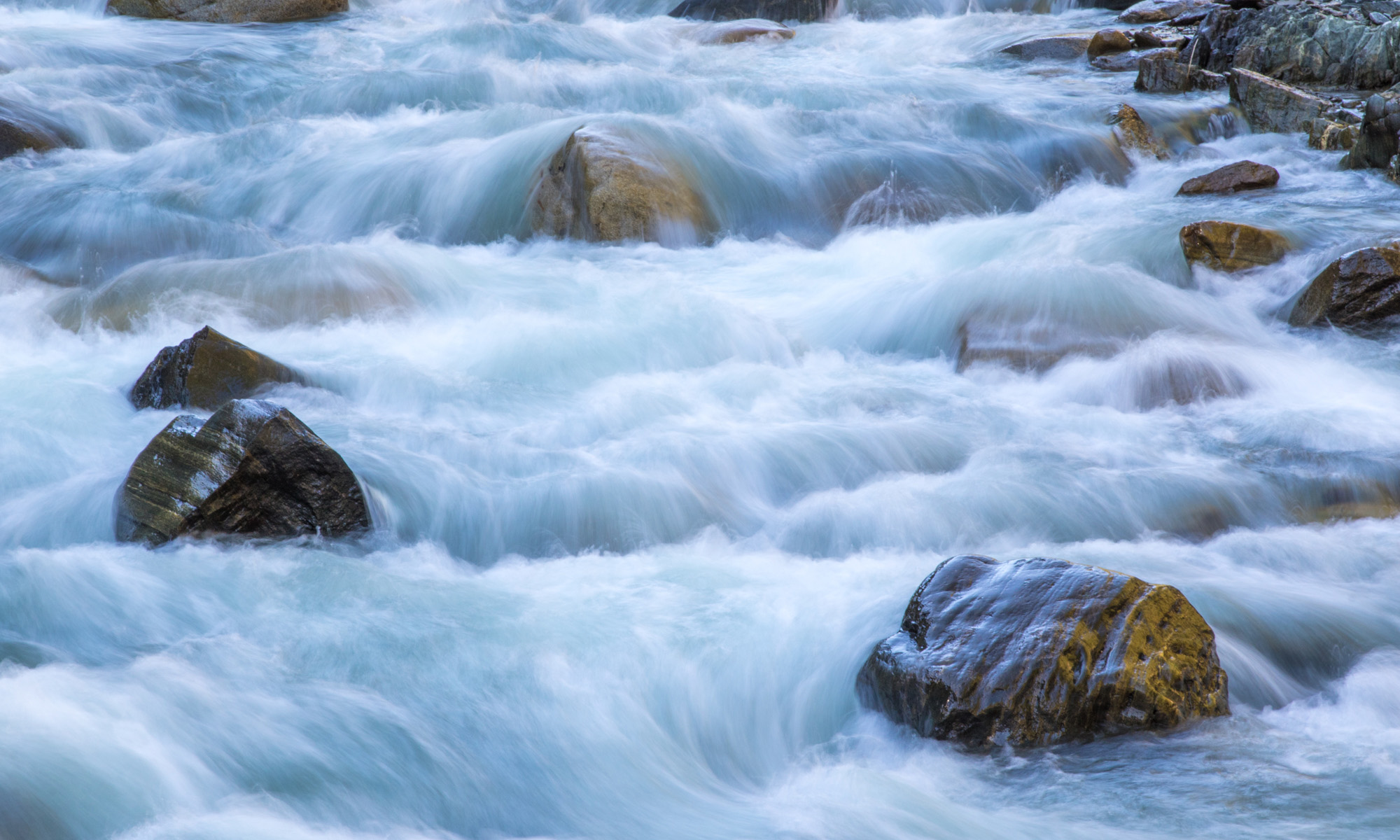

Today’s Question: Is there a way in Lightroom Classic to globally change the time zone by half an hour? In Australia there is a 30-minute difference between Eastern Standard and Australian Central time. When I try doing a global change I can only change in increments of plus or minus 1 hour.
Tim’s Quick Answer: Yes, you can correct the time for a group of photos by 30 minutes (or any needed increment) using the “Adjust to a specified date and time” option in the Edit Capture Time dialog.
More Detail: If you neglected to set the correct time zone on your camera, you can generally correct all the affected photos in one step by using the “Shift by a set number of hours” option within the Edit Capture Time dialog. Of course, in situations where you need to correct by something other than a full hour, that option won’t provide a solution.
You can, however, adjust by any number of minutes or hours needed, with an option that doesn’t seem like it would provide a solution when you need to correct multiple photos.
To get started, determine the correct time for the first image you’ll select among the group of images that need the same correction applied to them. For today’s question the correction needed is thirty minutes, but you may find in some cases that you need to apply a different amount of correction. Let’s assume in this case that the first photo in the series of images needing correction has a capture time of exactly 8:00am, but the correct time should have been 8:30am.
Next, select the photos you need to adjust the time for. I would start by selecting the photo you used to determine the correct time, and then hold the Shift key on the keyboard and click on the last image in the range that need to be selected. The key is to make sure that the photo you are basing your correction on is the active photo. To be sure, after selecting all of the photos that need correct, click on the thumbnail (not the frame around the photo) for the image you have calculated the correct time for.
You can then initiate the time correction by choosing Metadata > Edit Capture Time from the menu. Under the Type of Adjustment heading select the “Adjust to a specified date and time” option. The active photo will be shown on the left side of the Edit Capture Time dialog, and the existing capture time from metadata for that image will be shown as the Original Time under the New Time heading.
Use the fields to the right of the Corrected Time label to update the date and time of capture for the active image based on the correction needed. In the example above that would mean changing the capture time to 8:30am rather than 8:00am.
Click the Change All button, and all photos will be adjusted by the same amount of time, not to the exact same capture time. So, for example, we used a photo captured at 8:00am as the starting point, and that photo would be updated to show a capture time of 8:30am. A photo captured at 8:15am would be updated to reflect an 8:45am capture time, and so on.

